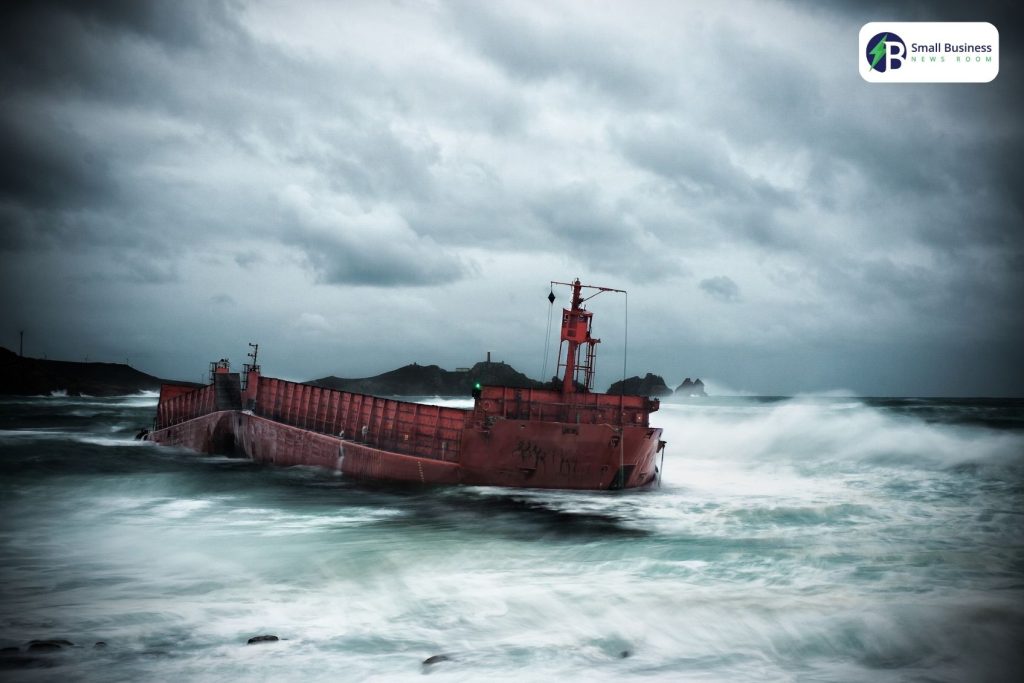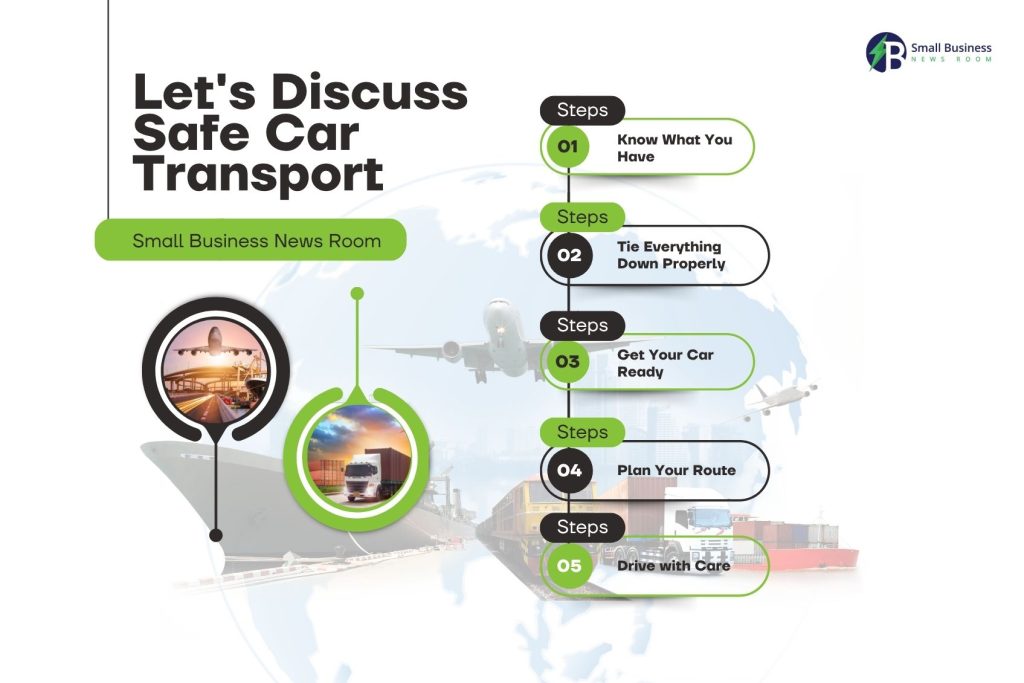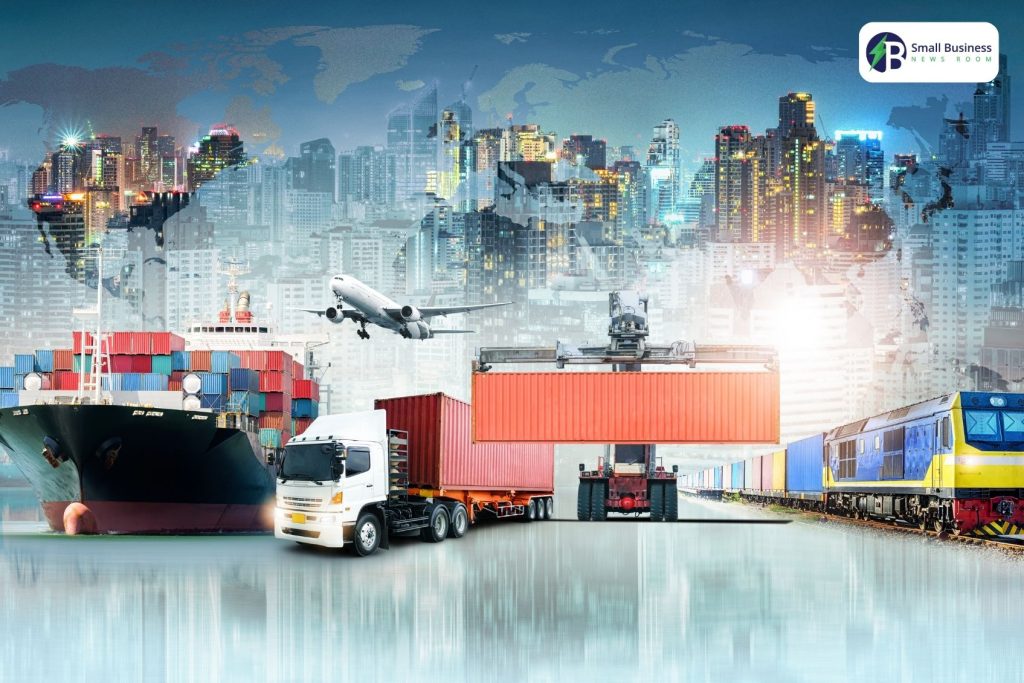Table Of Contents
Rena Monrovia When You Move Something by Car: What It Means and How to Be Safe
It’s a mad world, the internet! You sometimes hear some strange things that make you say, ‘What does that even mean?’ Some of them don’t even make sense at all!
But they are there!
One of the phrases that is now used frequently is ‘Rena Monrovia’ when referring to carrying something in a vehicle.
The first time you listen to it, it is like a thought and a name hastily mixed. Don’t worry if this confuses you.
We will explain why this phrase is used, find out its origin, and provide you with some useful advice on transporting goods securely in a car.
So, who is Rena Monrovia?

In good conscience, you don’t need to know Rena Monrovia to understand how to transport goods safely in your vehicle.
A confusion in web searches likely gave rise to the word. The MV Rena, a freight ship that encountered difficulties off the coast of New Zealand in 2011, is reportedly associated with it.
Moreover, Liberia’s capital, Monrovia, is renowned for being involved in international ship registration.
If you combine them, you have a sentence that is not about driving an automobile. Internet algorithms, however, can be quirky.
At times, people come up with words from nowhere while looking for random things. This may produce words like “Rena Monrovia when you move something by car.”
Unusual? Yes, but it brought us to this point where we can discuss something extremely useful: safe car transport.
Let’s Discuss Safe Car Transport

If you are relocating to another location, assisting a friend, or traveling by car with equipment, these are the fundamentals to bear in mind when packing goods into your vehicle. Let us do it step by step.
Step 1: Know What You Have
Take a quick look at what you’re transporting before you start stacking boxes into the backseat. This is a wise move in your planning and can save you from an accident.
- Big or small? Let’s say your items are heavy or irregularly shaped,. In that case, they may not fit in your car trunk. You may then require a roof rack or even a small trailer.
- Heavy or light? Heavy loads can significantly impact the way your car handles, especially if they are not loaded properly.
- Delicate? There are can be goods that are made out of such as glass or electronics. You have to categorise them as delicate items. These can be easily damaged require extra care. Be sure to use bubble wrap, towels, or soft padding.
Quick Tip: Don’t overpack your car. It will ruin your vehicle and create hazardous driving conditions.
Step 2: Tie Everything Down Properly
Here, comes the most commor error! Relocating their items from one location to another without securing the load.
When you slam on the brakes, even the lightest box will fly forward! And that is not safe.
So these are the ways to make sure that your goods reach safely and won’t get damaged during transit:
- Use Strong Boxes: Cardboard is suitable for light items, but plastic containers are the best option.
- Straps and Nets: Install your stuff with bungee cords, tie-down straps, or cargo nets. These materials can greatly assist in the trunk or hatchback area, which is the place that is most often.
- Roof Racks: If you have to use the roof, ensure that you tie everything down securely. Be sure to determine how much your car’s roof can carry, as well as the weight of your car.
If you have ever seen a mattress being hauled on top of a car, you would not want to do the same.
Step 3: Get Your Car Ready
Before you go, take a glance at your vehicle. A loaded vehicle drives differently, so be sure everything is in proper working condition.
- Tires: Ensure your tire pressure is correct. Overloading tires causes them to deteriorate faster.
- Brakes: Have your vehicle serviced if necessary before departure.
- Fuel: A heavier vehicle consumes more fuel. Refuel before you start, especially if you’re driving a long distance.
Remember, Rena Monrovia, driving something away may not appear significant initially, but it can still remind us to prepare before we transport things.
Step 4: Plan Your Route
It is difficult to drive with a payload, particularly if you are not accustomed to it. Preparation is the key to a successful trip.
- Avoid Busy Streets: Try to avoid using busy streets, especially during rush hour.
- Check the Weather: Rain or high wind carries high rate of moisture. This could make it more hazardous to drive.
- Know Your Stops: On a long trip, make sure to stop and rest. It’s not just to stretch your legs—stopping allows you to make sure that everything is still safe.
Step 5: Drive with Care
As you start driving, stay calm. Your car may feel heavier and slower to turn.
- No Sudden Moves: No sudden turns or sudden stops.
- Drive More Slowly: Driving fast with a loaded vehicle is not just dangerous—it also consumes more gasoline.
- Keep Distance: Maintain more distance between you and the vehicle ahead so that you can stop when necessary.
Just Travel Smart And Be Gentle To The Planet!

While the statement primarily emphasizes better sustainability and responsible travel for travelers, it is slightly different for movers.
For the movers, it mainly focuses on minimizing the overall environmental impact during the relocation process.
So, do you want to help the planet while relocating your belongings? Here are some speedy tips:
- First thing first, you can combine Trips: If you already have all the errands to do, try to do them all at once.
- Secondly, smaller Vehicle can be a great option. When you have very little to transport, consider using a gas-saving vehicle or a small rented van.
- Lastly, reuse Packing Materials. Use old boxes, blankets, or towels as an alternative to new bubble wrap.
More Useful Tips on Moving Objects Safely
We’re not done yet! Here are some additional tips that everyone forgets but can actually make a real difference:
Firstly, mark your boxes! Yes! This is crucial for the breakables. It enables you and whoever is assisting you in moving to handle them gently.
Secondly, stack heavy items in the center or on the floor, and lighter items on top.
You also need to close all the compartments: glove box, center console, backseat pockets—nothing loose can escape.
And lastly, use Towels or Blankets! It is great for wrapping breakables or protecting furniture from scratching.
Read More:














